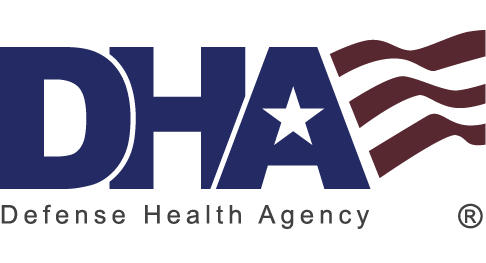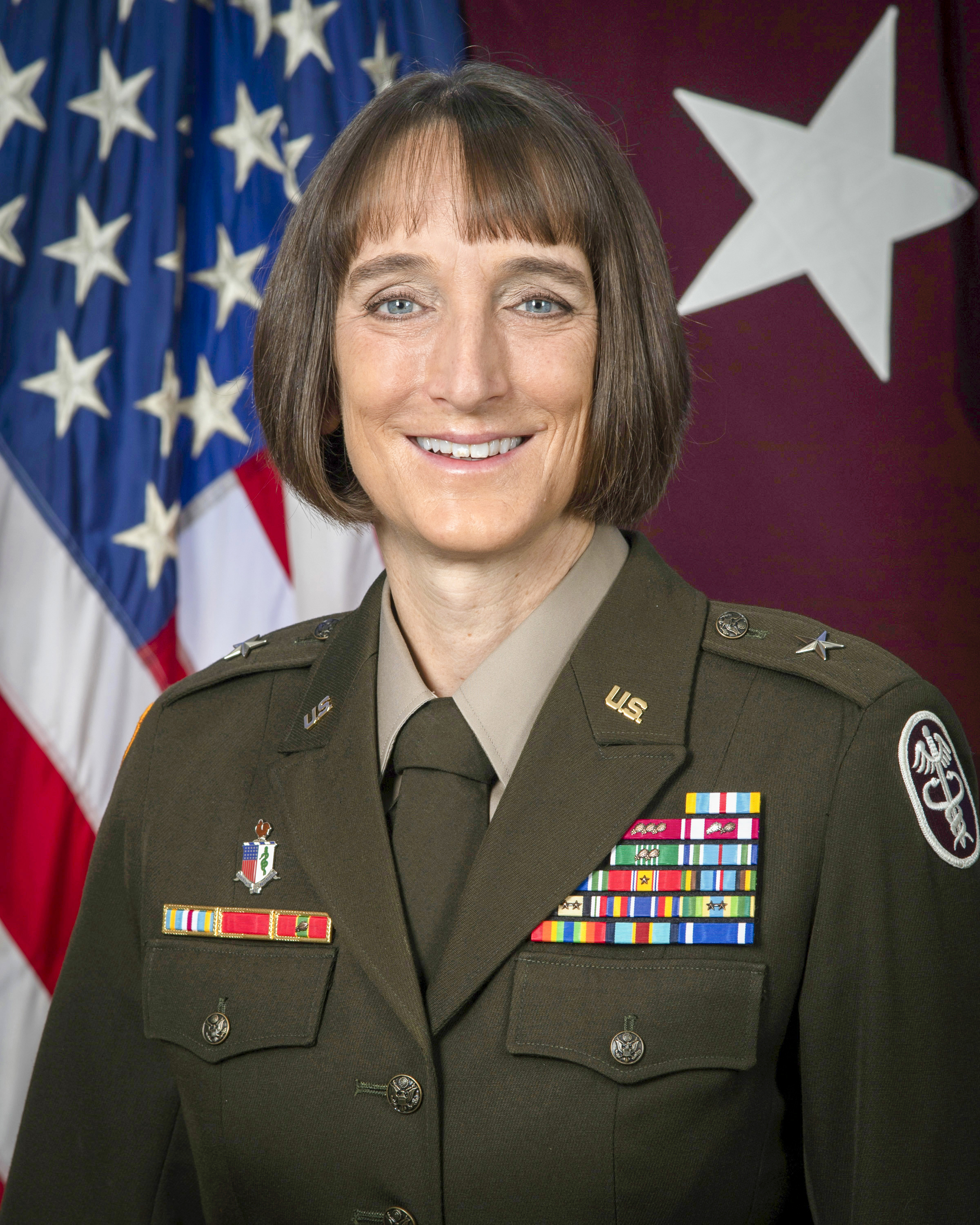Aug. 15, 2025 | By Christopher Perrine, Defense Health Agency Communications
Military medicine in the Indo-Pacific region took a major leap forward during a strategic offsite conference August 11-13 as more than 80 leaders from the Defense Health Agency’s Defense Health Network Indo-Pacific and the Army’s Medical Readiness Command, Pacific met to establish a common governance framework. The resulting framework will help the two organizations combine the separate missions of health care and medical readiness into an integrated process, enhancing both access to health care for patients and medical readiness for soldiers, sailors, airmen and Marines.
U.S. Army Brig. Gen. Deydre S. Teyhen used her extensive governance experience to lead the conference. She currently serves as the director of DHN IP, which oversees military medical facilities in Washington, California, Hawaii, Japan, and the Republic of Korea. She is also the commanding general of MRC, P, which provides command and control to medical department activities, medical centers, dental health commands, Public Health Command, Pacific, and soldier recovery units in Washington, Alaska, Hawaii, Japan, and the Republic of Korea.
Assuming both roles in April, she brought important lessons about governance from her previous assignment as the director of DHN National Capital Region, which treats the military community as well as the President of the United States, members of Congress, and the Supreme Court.
“We often focus on the 5W’s: who, what, when, where, and why—but in the NCR, we focused on the ‘how,’” said Teyhen as she departed the East Coast. “How we lead, how we build trust, and how we treat our people and patients. How is critical in leading the joy and soul back to medicine. Governance gave us the foundation to transform this network into an integrated healthcare system that focused on making it better for our patients and our staff.”
During Teyhen’s NCR tour, she saw governance help the network increase patient enrollment and access, expand virtual health, increase operating room utilization, and make many other improvements. In her current dual roles, she faces the additional challenge of integrating DHA’s patient health care mission with the Army’s medical readiness mission. As the leader of two staffs in different agencies, she saw the need to bring them together by creating a shared mission, vision and values. Teyhen also knew that two separate processes would create confusion and inefficiencies, which could be alleviated by a shared governance model.
“We aim to adopt an integrated approach, ensuring unifying governance and decisions within MRC, P, and DHN IP, while also promoting empowered leaders who drive effectiveness and efficiency,” stated Teyhen.
She wants her two organizations to be focused on supporting their subordinate units, integrating solutions to optimize healthcare delivery and medical readiness, while avoiding confusion and frustration.
Teyhen also noted there is record burnout in both the military and civilian healthcare systems. Reducing the burden on healthcare providers is critical to providing quality health care for patients, and increasing efficiency and standardization can help.
To assist with creating a combined governance model for DHN-IP and MRC, P, Teyhen brought in an expert team from DHN NCR to facilitate the strategic offsite, led by John Gardner, DHN NCR’s assistant director for network operations.
According to Gardner, governance is “a structured framework of roles, processes, and mechanisms that empowers leaders to set direction, establish priorities, and drive effective change. It ensures accountability, effectively manages risk, and aligns actions with strategic goals, enabling agility.”
Many of the world’s largest and most effective organizations utilize a governance model, said Gardner, including Apple, Microsoft and premiere healthcare systems like Johns Hopkins, Cleveland Clinic and the Mayo Clinic. Yet, some people are hesitant to embrace governance, and misconceptions persist. For instance, some think “governance” means an increase in bureaucracy, more meetings, wasted time, and decreased flexibility.
“The truth is just the opposite,” said Gardner. Governance increases efficiency and clarifies responsibilities. At NCR, governance reduced more than 130 meetings to just a few. It can help align priorities and share best practices, uphold common standards of care, and build trust among stakeholders, including patients and providers.
Some people look at governance as an opportunity. U.S. Army Col. James “Jimmy” Watts is the director of Madigan Army Medical Center at Joint Base Lewis-McChord near Tacoma, Washington, as well as the commander of the medical readiness unit there. According to Watts, prior to the offsite he “was optimistic about the opportunity to align and integrate the efforts of both organizations into a cohesive and coherent effort.”
During the three-day offsite, Gardner’s team instructed attendees about the need for governance and guiding principles, then led them through case studies to illustrate how effective governance can prevent or solve problems. For instance, in one case study, the business resources division in a fictional health system reduced funding for environmental services staff without consulting clinical leaders, which resulted in increased infection rates in the hospital and tension between the business and clinical teams. In another example, unclear appointing and booking protocols led to miscommunication between medical offices, causing a cancer patient to hang in administrative limbo and delaying his treatment.
Effective governance could have prevented both by creating processes for different offices to coordinate prior to making decisions that could affect others. In another example, governance would have provided standardization for medical carts, which would have helped a nurse find correct medication in a timely manner after she moved from one hospital to another.
Gardner’s team also led offsite participants as they developed the committees that form the foundation of the governance structure. With representation from medical, dental, veterinary, public health, human resources, business resources, and senior enlisted leaders, they developed a Board of Directors, which oversees a Medical Affairs Committee, Network Regional Operations Committee, Resource Management Committee, and Senior Enlisted Leader Committee. Each of those committees will ultimately be supported by multiple councils, working groups and sprint team. For instance, the MAC will include a council of nurses, and the RMC will include a human resources council.
Teyhen emphasized throughout the process that collaboration is key. In each committee, there are voting members from DHN IP and MRC, P as well as each of the network’s major medical facilities and the readiness command’s direct reporting units.
With the committees established, participants next determined each committee’s authorities and responsibilities as well as voting and non-voting members. Finally, the committees developed proposed priorities for the next few months.
With proposed priorities scribbled on paper on the wall, Gardner allowed all the participants to vote on initial priorities, such as operating room optimization and standardization of medical services across facilities, before leading the participants through the first Board of Directors meeting where the board approved the proposed authorities, membership team and initial priorities.
“The next step is to put this in motion,” said Gardner. “There is a lot of work to do and a lot to figure out, but I’m happy to help you put this into effect.”
Watts is optimistic that the new governance structure will be beneficial. “I believe the conference was positively reinforcing, because we have taken concrete steps towards hardwiring critical organizational processes,” said Watts. “This will increase information and knowledge sharing, as well as decision transparency.” He also believes “the newly established governance system will help MAMC streamline its headquarters and organizational structure.”






